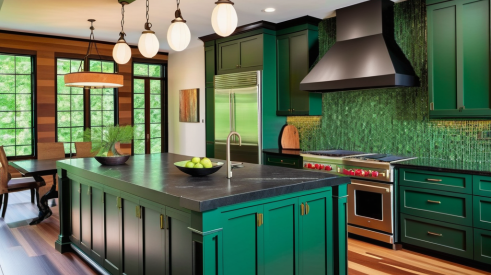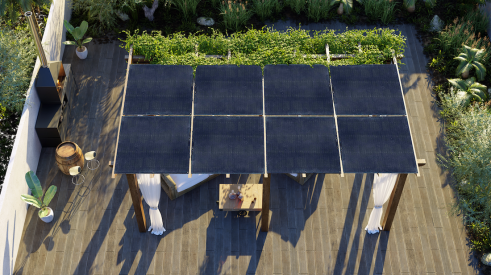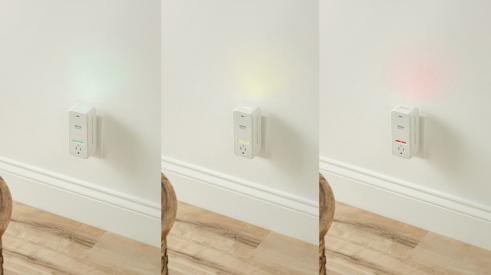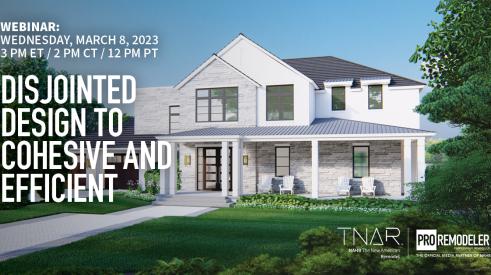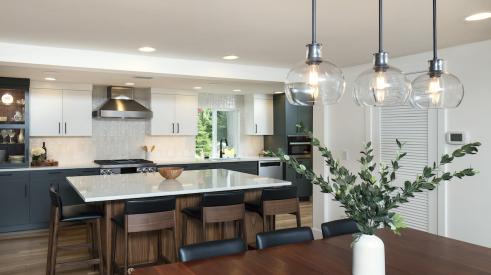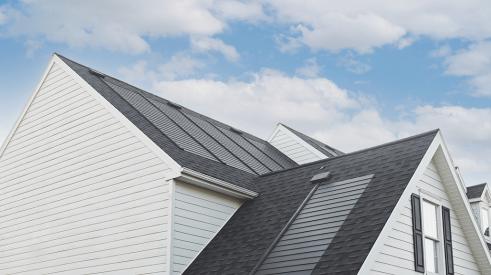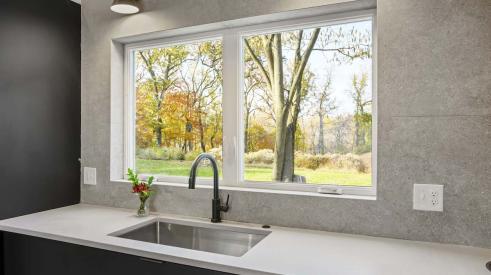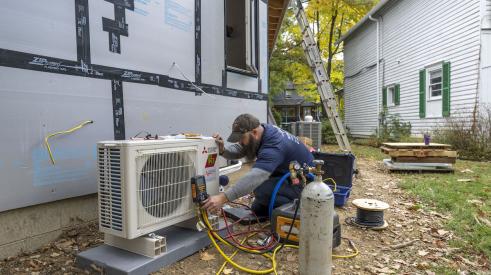|
 |
| Architects made a point to hide the transition between the old and the new brick for the Ann Arbor, Mich., remodel. After photos by Stanley Livingston |
Thoughtfully designed and skillfully executed, the addition to this 1940s bungalow in Ann Arbor, Mich., blends in so well with the original structure that a casual observer would be hard-pressed to identify the remodel. But for its empty-nester owners, who now have a new "friends and family foyer," a spacious and sunny gathering area, a back-yard deck and an attached, two-car garage, the change in their home is like night and day.
"The biggest compliment that we can receive when we do an addition like this is that it looks as though it has always been there," says Debra Moore of Custom Design/Build, the remodeling firm responsible for the project's construction. "We always want it to be as seamless as possible."
Architect Michael Klement, principal of Ann Arbor-based Architectural Resource, addressed several key challenges when developing his design for this remodel. The first was to eliminate the "identity crisis" created by the home's side-oriented formal foyer that's accessed via a steep, 150-foot-long sidewalk. The homeowners or their guests seldomly used the entrance because it was set away from the driveway. Instead, most people entered the home through a narrow, dark passage between the house and detached garage. "This was really the least pleasant way to come in, and they were using it all the time," Klement says. His solution was to use the new family room to link the existing living space and an attached, two-car garage and re-orient the daily entrance toward the front of the home, giving it a bright, southern exposure. His design provided the homeowners with direct access to the family room through the garage as well.
"There had always been real confusion about where to come in to the house," agrees Moore. "The new porch and entry have really clarified that."
Klement says his clients were looking for a design that would give them the additional square footage they wanted, as well as the convenience of an attached, direct-access garage. They also wanted to remain sensitive to the architectural style of their existing home while having the finished project remain low-key and sympathetic to the neighborhood.
"The success of a project like this is all about finding a balance between scale and proportion," says Klement.
|
|
The shape of the shed roof of the upper level inspired the roof form for the new entry porch. Similarly, the shape of the exiting single-car garage provided the template for the new garage's front, street-facing gable. "The balance of the new forms fall back in line behind that," adds the architect. "It was as though the original garage reappeared in the new design."
The existing finishes on the home's exterior brick and aluminum siding, were either reused or matched with new materials to provide continuity of style and save clients money. The original garage door was incorporated into the front bay of the new two-car garage with a matching custom-built one. Similarly, the builder did not replace all of the windows in the home, instead matching the new ones to the originals. The home's energy efficiency improved thanks to new insulation and a new HVAC system.
 |
| The clay medallion is a long-held family treasure. |
Matching clay medallions were incorporated into the brickwork in the front garage gable, as well as above the formal entry, visually connecting both ends of the home. Not only are they distinctive, but they hold a charming story, says Moore. "The homeowners had actually come across them 20 years ago while walking through an old masonry yard. They had been using them as stepping stones in their garden for all these years. We cleaned them up and incorporated them into the new design."
"Adding a personal touch such as this goes a long way toward marrying the old with the new," says Klement. "It also provides a really wonderful sentimental connection for the owners to their home."
|
A new garage and family room make a 1940s bungalow more functional while complementing the home's design
Add new comment
Related Stories
Working Toward Affordable, Resilient Homes
A new natural disaster protection act from NAHB aims to support hazard mitigation projects
Client Design Choices in the Time of Social Media and AI
Social media speeds up the trend cycles, and now artificially created images are falling into homeowners' hands
Indoor Air Quality Gets Smart
A home's air quality can now be cloud connected and fully automated with this innovative product
Webinar: From Disjointed Design to Cohesive and Efficient—The New American Remodel 2023
Access the recording for the first The New American Remodel webinar held on March 8 at 2 pm CT
5 Standout Energy-Efficient Products Spotted at IBS 2023
See what this green remodeler recommends from the show floor
Innovative Products: GAF Energy Timberline Solar Shingles
GAF Energy’s latest innovation has taken the solar world by storm
Detailed Design: Benefits of Biophilism
See the details our Model ReModel contractors chose to infuse nature into their ADU
Heat Pumps Now Required in Washington New Construction
Washington is the second state to require heat pumps in an effort to electrify homes







